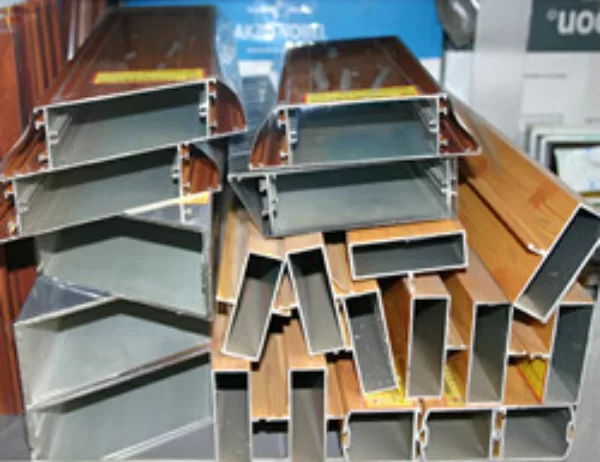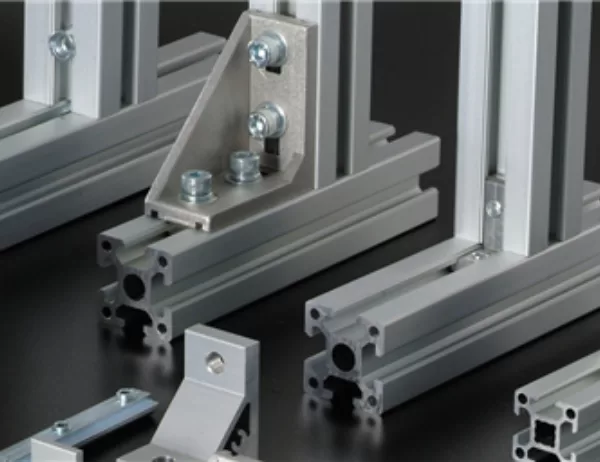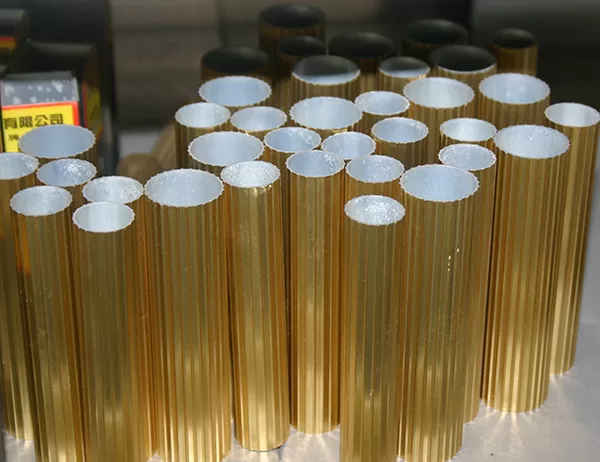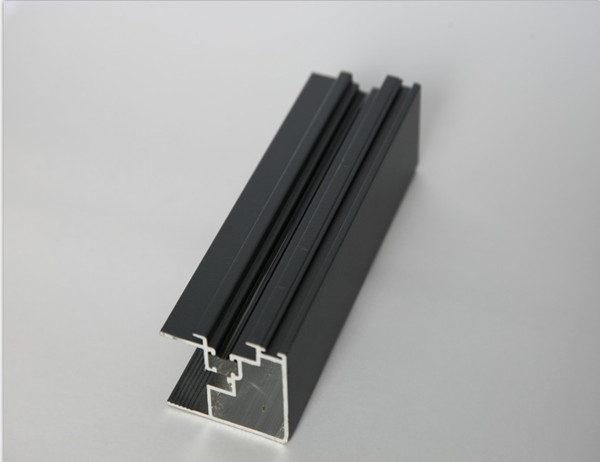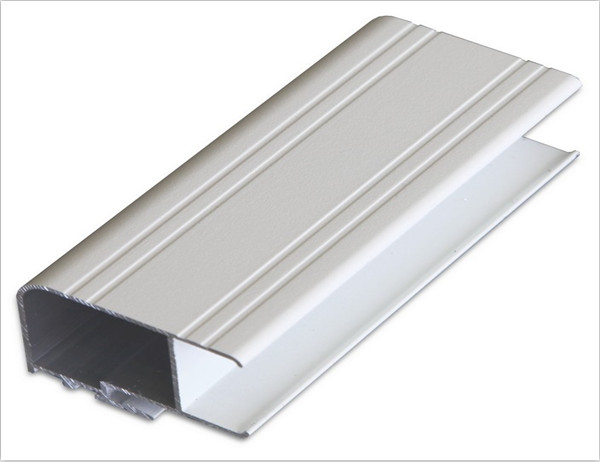When it comes to procuring aluminum tubes for your manufacturing or construction projects, effective communication with your supplier is crucial. Clearly conveying your requirements ensures that you receive the exact products you need, on time and within budget. Here’s a comprehensive guide to help you properly communicate your needs to an aluminum tube supplier:
Before contacting a supplier, it is essential to have a clear understanding of your project’s requirements. This includes specifying the following:
Tube Dimensions: Exact dimensions of the tube, including diameter, wall thickness, and length.
Material Grade: Determine the specific aluminum alloy or grade required for your application.
Tolerances: Specify the allowable tolerances for dimensions, surface finish, and other critical parameters.
Surface Treatment: Indicate any necessary surface treatments, such as anodizing, polishing, or painting.
Supporting your specifications with detailed drawings or technical data can significantly enhance communication. These documents should include:
Dimensional Drawings: Provide precise drawings detailing the tube’s dimensions, tolerances, and any special features.
Technical Data: Include information on the material’s composition, mechanical properties, and intended use.
Clearly defining how the aluminum tubes will be used is vital. Provide the supplier with information about the:
Operating Environment: Describe the operating conditions, including temperature, pressure, and any corrosive or abrasive factors.
Engineering Constraints: Specify any specific engineering requirements, such as load-bearing capacity or pressure resistance.
Component Compatibility: Indicate any compatibility issues with other components or materials that the tubes will interact with.
Open and efficient communication is essential. Establish clear communication channels with the supplier, including:
Preferred Communication Method: Determine whether email, phone, or online platforms are preferred for communication.
Designated Contact Person: Assign a specific individual within your organization as the primary contact for all communication.
Once you have communicated your needs, follow up regularly to ensure that the supplier understands your requirements and is progressing as expected. This includes:
Reviewing Quotes: Carefully review quotes to ensure that they accurately reflect your specifications and requirements.
Asking Clarification Questions: Seek clarification on any points that are unclear or require further explanation.
Monitoring Progress: Track the progress of your order through regular updates from the supplier.
By adhering to these guidelines, you can effectively communicate your needs to an aluminum tube supplier, ensuring that you receive the right products, on time, and within budget. Clear communication is the key to a successful partnership with your supplier and ultimately ensures the success of your project.
